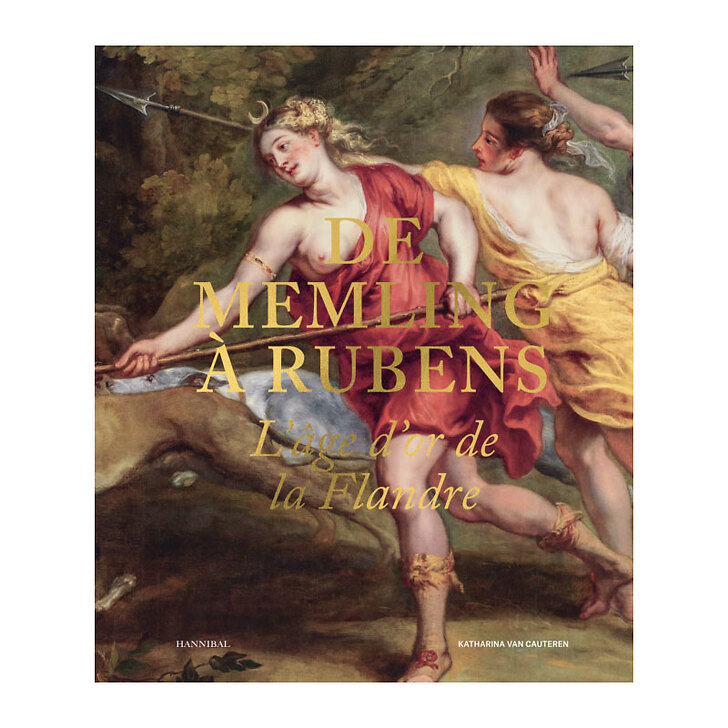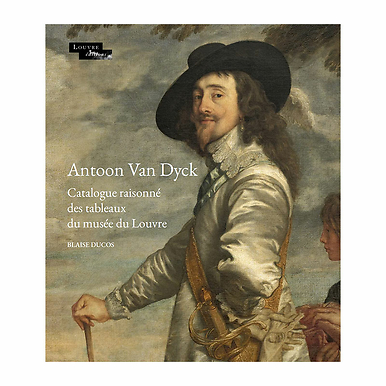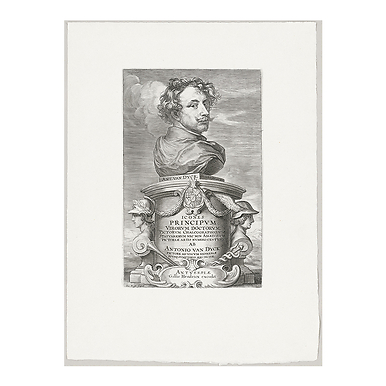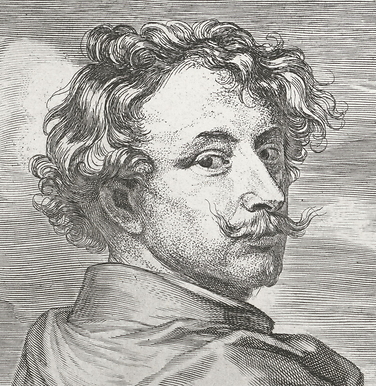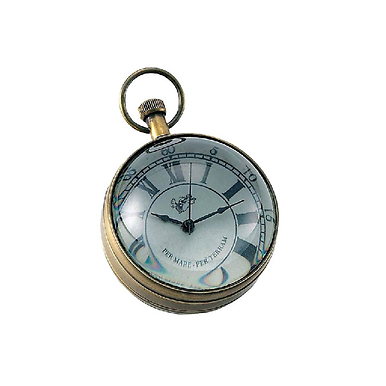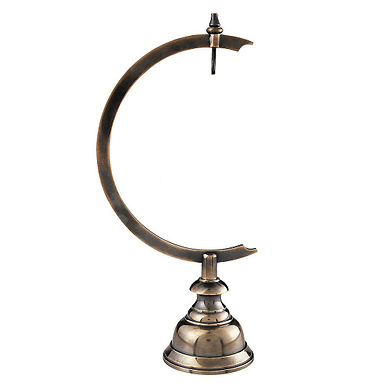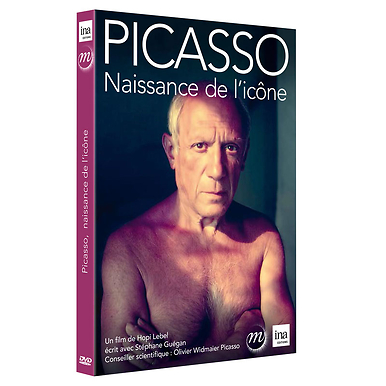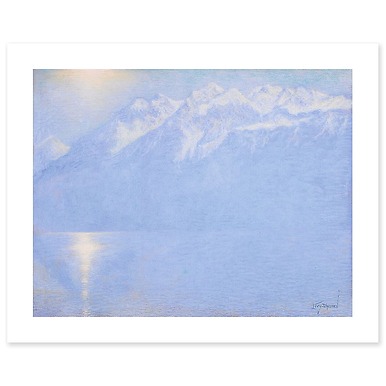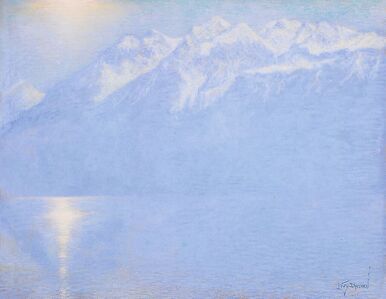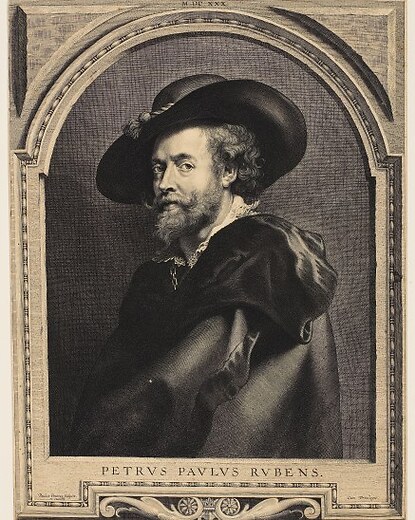From Memling to Rubens - The Golden Age of Flanders
MX026725
WRITTEN IN FRENCH
Why did Hans Memling paint everything in such minute detail? How did Rubens, in just a few brushstrokes, create special effects that Steven Spielberg would envy? And why was the Southern Netherlands the artistic centre of the world for three centuries?
From Memling to Rubens: The...
Read more
WRITTEN IN FRENCH
Why did Hans Memling paint everything in such minute detail? How did Rubens, in just a few brushstrokes, create special effects that Steven Spielberg would envy? And why was the Southern Netherlands the artistic centre of the world for three centuries?
From Memling to Rubens: The Golden Age of Flanders tells the story of Flemish art from the fifteenth, sixteenth and seventeenth centuries, as you've never read it before. It's a rollercoaster ride through 300 years of cultural history. Leading the charge are breathtaking masterpieces from the collection of The Phoebus Foundation, unknown gems by the likes of Hans Memling, Quinten Metsys, Peter Paul Rubens and Anthony Van Dyck that plunge you into a world full of folly and sin, fascination and ambition. Along the way you'll bump into dukes and emperors, rich citizens and poor saints, picture galleries like wine cellars, and Antwerp as Hollywood on the Scheldt.
This is a stirring tale about the image and its meaning, and the link between culture and society. Above all, it's about us, and about who we are today - as people.
THE STORY OF FLEMISH ART TOLD THROUGH MASTERPIECES FROM THE COLLECTION OF THE PHOEBUS FOUNDATION.
French
432 pages
Hannibal Books
Close
Sold by GrandPalaisRmn
